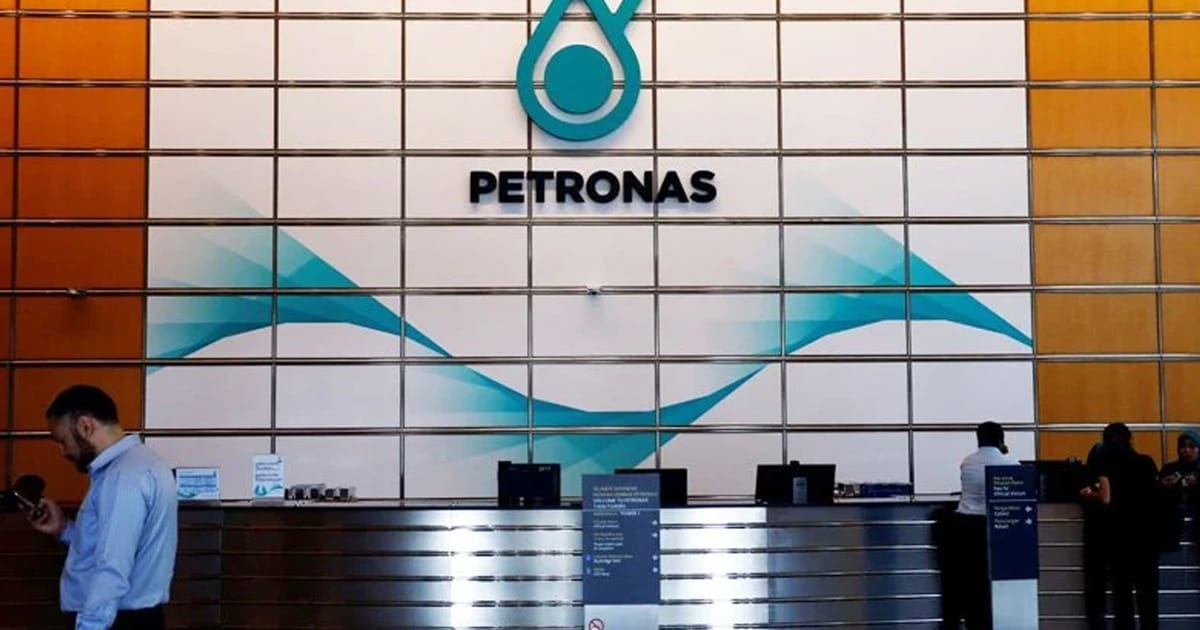
On June 5, 2025, national oil corporation Petroliam Nasional Bhd (Petronas) announced that it would focus on a company-wide transformation effort aimed at adapting to difficult market conditions.
The move is part of the company’s strategic shift towards what it calls “Petronas 2.0”, which will involve changes in structure, organisation, and work processes to pave the way for greater agility and success, empowering the company to thrive in an ever-evolving landscape.
On the same day, the Brent crude opened at US$64.91 per barrel before reaching an intra-day high of US$65.86. Less than two years ago, in September 2023, the commodity was averaging US$93.72 per barrel.
But that was not solely the reason for Petronas’ decision to downsize — or “rightsize” as it is referred to now.
To understand why Petronas and other O&G players around the world are reviewing or restructuring their operations, FMT takes a look at the many new challenges that the industry has come to face.
Global challenge
Apart from Petronas, other oil companies such as Chevron and Shell are also reducing their respective workforce as part of a restructuring exercise.
Early this year, Chevron announced a 20% cut in its workforce, a move that will see 9,000 employees leave the company by the end of 2026.
Bloomberg reported that the job cuts were “intended to streamline operations, reduce costs by US$2 billion to US$3 billion by 2026, and to improve efficiency”.
Just a few months earlier, Shell announced that it would embark on a similar track that will see its workforce shrink 20% and cut costs also by US$2 billion to US$3 billion come end of 2025.
The pain points
The restructuring exercise, which includes job cuts, is unavoidable given the market volatility, coupled with environmental concerns, regulatory hurdles, and technological progress.
Geopolitical events, including armed conflicts in the Middle East and Ukraine, have caused havoc in demand and supply, creating uncertainties and leading to a drop in prices.
For instance, the Iran-Israel conflict has resulted in sharp swings in oil prices, with the Brent crude hitting a five-month high of US$81.40 a barrel after the US bombed nuclear sites in Iran, before dropping back to US$69 on news of a ceasefire.
Margins have also begun to thin, not just as a result of falling prices but other factors as well. In mature fields, the sought-after product is often trapped in more complex geological formations, making extraction more complex and, therefore, costly.
The cost of extracting a barrel of oil from older fields can be as high as US$50, making it unsustainable to keep these fields in production as market price comes down.
Higher operating costs in mature fields are not the only reason that margins are thinning.
Petronas is also heavily involved in deepwater projects. It already has fields in areas such as Gumusut-Kakap, Malikai, and Kikeh off the Sabah coast, and is developing new ones in Limbayong and the Kelidang Cluster, also off Sabah.
Elsewhere, the national oil corporation has also expanded its involvement in deepwater projects in Suriname.
Deepwater projects typically involve extraction from depths of 4,000 feet (1,219m) to 7,000 feet (2,134m) below sea level.
The challenging conditions in deep and ultra-deep waters require specialised technology and infrastructure, pushing production costs higher.
Petronas’ active involvement in sour gas projects, particularly off the coast of Sarawak, presents another challenge. The high level of contaminants such as hydrogen sulfide and carbon dioxide makes it highly costly to process the gas.
All these factors lead to higher operational costs, making it essential for the oil corporation to cut back in other areas to stay in business.
The environmental factor
The rising concern for Mother Nature is perhaps the biggest challenge for O&G companies.
Oil, once the fuel that fired economic growth, is now regarded as the cause of all the ills of the environment. The cause of air and water pollution as well as deforestation that leads to global warming are attributable to the widespread use of fossil fuels.
Oil producers around the world are being forced to make the transition to clean energy to meet more stringent green regulations.
In Malaysia, Petronas is duty-bound to help the country migrate to clean energy under the National Energy Transition Roadmap (NETR).
The NETR entails reducing the country’s carbon footprint to take the economy on a more sustainable path.
This involves investing billions of ringgit in renewables to secure the country’s future energy needs.
The need to reinvent
It is time to stop looking at the O&G sector in general and Petronas in particular through rose-tinted glasses.
Many oil companies, such as ExxonMobil, Shell, Chevron and TotalEnergies have all reported decline in profits since 2022.
Petronas is no exception. Its profit has been on a steady decline, from RM101.6 billion in 2022 to RM80.7 billion in 2023 and then to RM55.1 billion in 2024.
CEO Tengku Muhammad Taufik Tengku Aziz envisions a new path going forward and, among others, work processes will change.
“We will be more technologically driven, leveraging artificial intelligence (AI) and the digital ecosystem to unlock value and raise productivity,” he said.
He pointed out that digital transformation could help businesses uncover new opportunities for value creation and productivity gains, while streamlining operations and reducing inefficiencies.
“AI-driven analytics enable data-driven decision-making, better risk management, and enhanced the ability to predict and respond to market shifts,” Tengku Muhammad Taufik said.
“This enables the organisation to remain agile, competitive, and well-positioned for the challenges of the evolving energy landscape,” he added.
By turning leaner and more cost-efficient, Petronas can further grow in segments such as liquefied natural gas (LNG), downstream value chains including petrochemicals and lubricants, and low-carbon solutions like blue ammonia and carbon capture and storage (CCS).
Looking ahead
In the final analysis, the rightsizing exercise is unavoidable.
In an environment of narrowing profit margins and a fast-shifting global energy market, strengthening the national oil company will bring long-term benefits for Malaysians.
It must be pointed out that Petronas’s financial position remains solid. Nonetheless, the rational thing to do is to act now, while the company is still profitable, rather than wait until painful steps such as pay cuts and retrenchment have to be taken.
In addition, the company needs to streamline processes and reduce the number of layers to make it more agile.
Rightsizing is the right thing to do.






